What Are Fixed Assets and Why Do They Matter to a Business?
Fixed assets are long-term tangible resources a business owns and uses in its operations to generate revenue. Often called property, plant, and equipment (PP&E), these assets include items such as land, buildings, machinery, vehicles, and office equipment. Unlike current assets that convert to cash within a year, fixed assets have a useful life of more than 12 months and are depreciated over time.
Fixed assets are important because they:
- Support day-to-day business operations
- Help generate consistent revenue streams
- Reflect a company’s financial strength on the balance sheet
- Influence lending decisions by banks and investors
In India, the United States, and most other economies, accurate fixed asset reporting is essential for compliance with accounting standards and taxation rules. Businesses worldwide use Asset Infinity to manage, track, and calculate the value of their fixed assets with precision, eliminating manual errors.
Also Read: The Definitive Guide to Fixed Asset Tracking & Management
What is the difference between Assets and Fixed Assets?

Assets and fixed assets cannot be defined differently as they are similar in many ways but can be differentiated on how they are used and how they result in transactions.
Assets are the belongings and resources of any organization which is responsible for kind of transactions. Some of the examples of assets are cash, accounts receivable, inventory, land, buildings, equipment, trademarks, etc.
Whereas, fixed assets are the long-term and tangible assets that are used in business like property, plant, or equipment. Some of the examples of fixed assets are land, buildings, manufacturing equipment, office equipment, furniture, fixtures, vehicles, etc. Moreover, the fixed assets can be depreciated over their useful lives.
What Are Examples of Fixed Assets Across Industries?
Some common examples include:
- Real Estate – Land, office buildings, warehouses
- Equipment & Machinery – Manufacturing plants, assembly machines
- Vehicles – Trucks, delivery vans, corporate cars
- Office Fixtures – Desks, chairs, lighting equipment
- IT Hardware – Servers, computers, networking equipment
- Intangible Assets – Patents, copyrights, trademarks
How Do You Calculate Net Fixed Assets?
Net fixed assets represent the true value of your fixed assets after accounting for depreciation and any liabilities.
Formula A:Net Fixed Assets = Gross Fixed Assets − Accumulated Depreciation
Formula B (Liabilities included):Net Fixed Assets = (Total Purchase Price + Asset Improvements) − (Accumulated Depreciation + Fixed Asset Liabilities)
Example:
If your machinery was purchased for ₹20,00,000, has accumulated depreciation of ₹4,00,000, and a loan liability of ₹5,00,000:
Net Fixed Assets = (20,00,000) − (4,00,000 + 5,00,000) = ₹11,00,000
What Is the Lifecycle of a Fixed Asset?
The fixed asset lifecycle follows a predictable path:
- Acquisition – Purchase, lease, or self-construction of the asset
- Depreciation – Gradual reduction in value over its useful life
- Maintenance & Repairs – Keeping the asset in operational condition
- Disposal – Sale, donation, or retirement when no longer useful
What Is Fixed Asset Accounting and Why Is It Critical?
Fixed asset accounting is the process of recording the purchase cost, depreciation, and disposal of fixed assets. This ensures compliance with accounting standards such as Ind AS in India or GAAP in the U.S.
It involves:
- Asset capitalization
- Periodic depreciation using methods like straight-line or declining balance
- Impairment checks to adjust value
- Recording disposal transactions in financial statements
Accurate fixed asset accounting ensures businesses don’t overstate or understate their asset values, directly impacting profitability metrics. Asset Infinity helps by maintaining a centralized asset register and automating depreciation based on chosen accounting standards.
What Is the Fixed Asset Turnover Ratio and How Do You Calculate It?
The Fixed Asset Turnover Ratio measures how efficiently a business uses its fixed assets to generate sales.
Formula:Net Annual Sales ÷ (Gross Fixed Assets − Accumulated Depreciation)
Example:
If a company has ₹1 crore in net sales and ₹40 lakh in net fixed assets:
Turnover Ratio = ₹1,00,00,000 ÷ ₹40,00,000 = 2.5
A ratio above industry average indicates efficient asset utilization. Asset Infinity’s analytics dashboard can automatically calculate and display this ratio for quick performance insights.
What Are the Benefits of Managing Fixed Assets Effectively?
Proper fixed asset management leads to:
- Accurate Financial Reporting – Prevents overvaluation/undervaluation
- Optimized Tax Benefits – Correct depreciation claims reduce tax liability
- Improved Maintenance Planning – Reduces downtime and extends asset life
- Better Investment Decisions – Insights for asset replacement or upgrades
- Compliance Assurance – Meets statutory and audit requirements
With Asset Infinity, businesses also gain real-time tracking, QR code tagging, and cloud-based data storage—making asset audits faster and more reliable.
What Are the Common Challenges in Fixed Asset Management?
- Orphan Assets – Unlinked to accounting or operational records
- Incorrect Depreciation – Using wrong methods or timelines
- Data Inaccuracy – Outdated asset registers
- Regulatory Compliance Issues – Non-adherence to accounting standards
Solution: Implementing a platform like Asset Infinity eliminates these challenges with integrated tracking, automated reports, and compliance-ready documentation.
How Can Businesses Improve Fixed Asset Turnover?
- Sell Unproductive Assets – Free up capital
- Lease Instead of Buy – Reduces capital outlay
- Upgrade Technology – Increases operational efficiency
- Regular Maintenance – Prevents costly breakdowns
Pro Tip: Asset Infinity’s performance analytics can identify underperforming assets, helping businesses decide whether to maintain, upgrade, or sell.
Conclusion: Why Fixed Assets Are the Backbone of Business Growth
Fixed assets are more than just items on a balance sheet; they are long-term investments that fuel operational capacity, revenue generation, and financial stability. Whether you are in India, the U.S., or any other market, managing fixed assets with precision—tracking their lifecycle, calculating net values, and ensuring compliance—can dramatically improve business performance.
By implementing sound accounting practices, leveraging asset management software, and monitoring key metrics like the fixed asset turnover ratio, businesses can unlock maximum value from their tangible and intangible assets—today and for years to come.












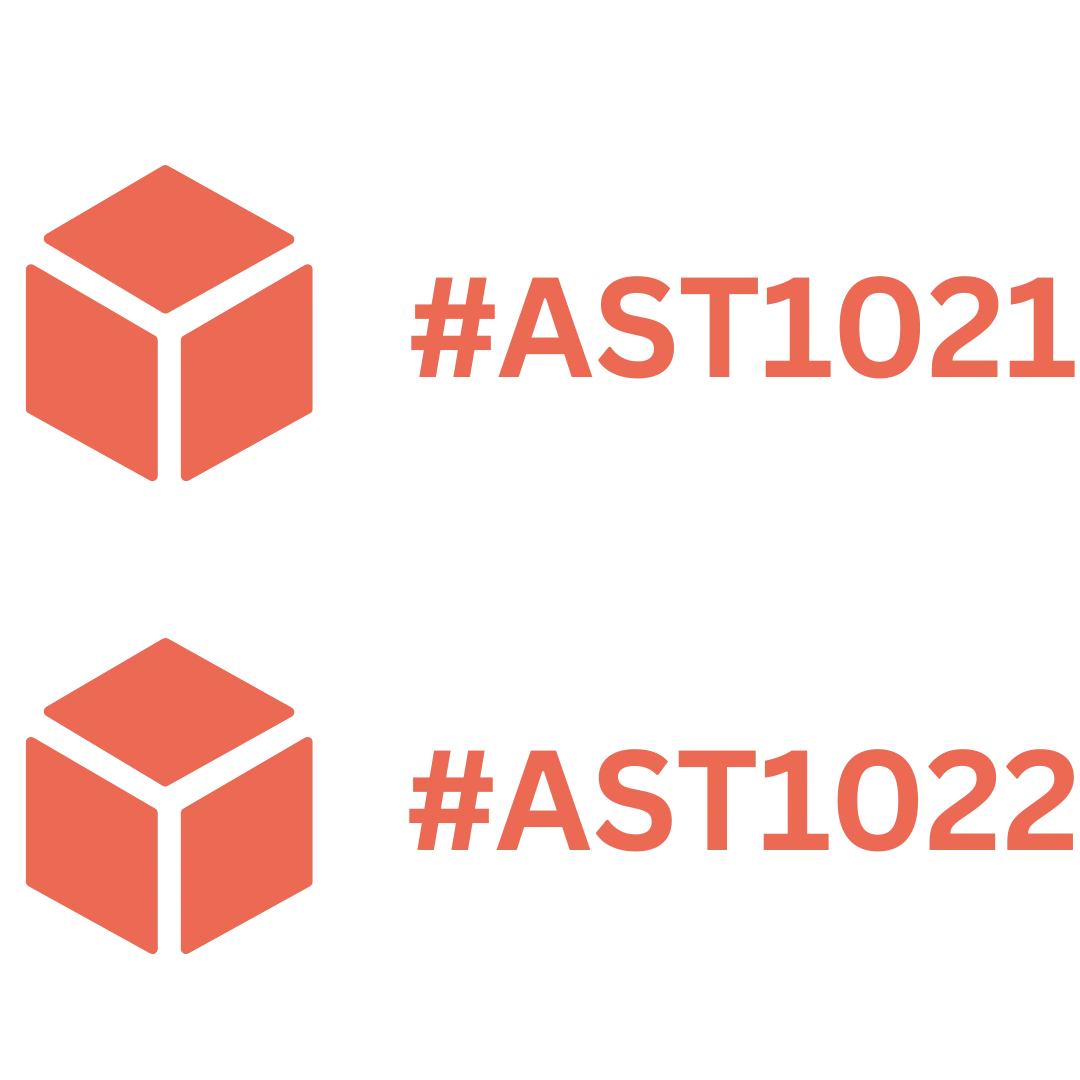

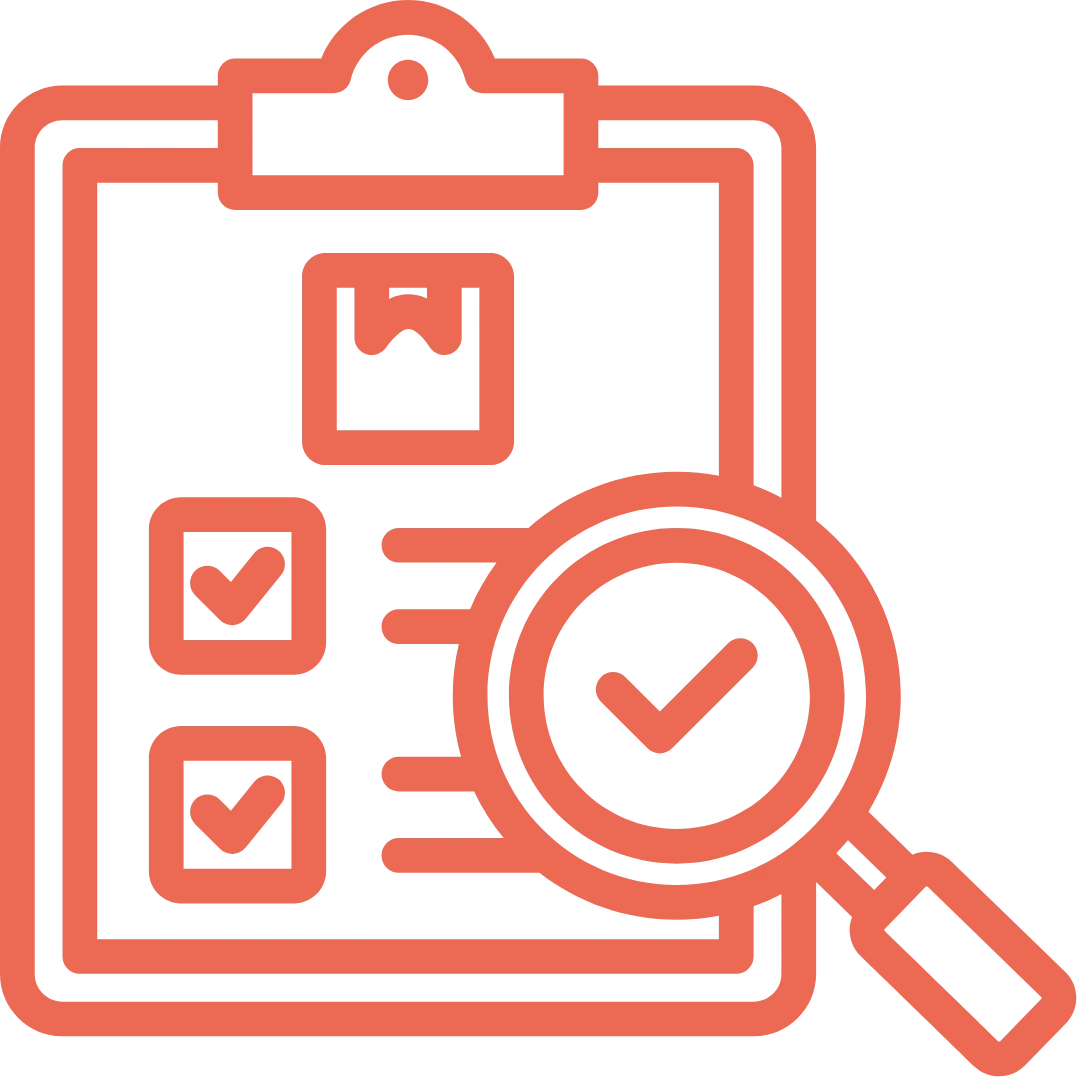





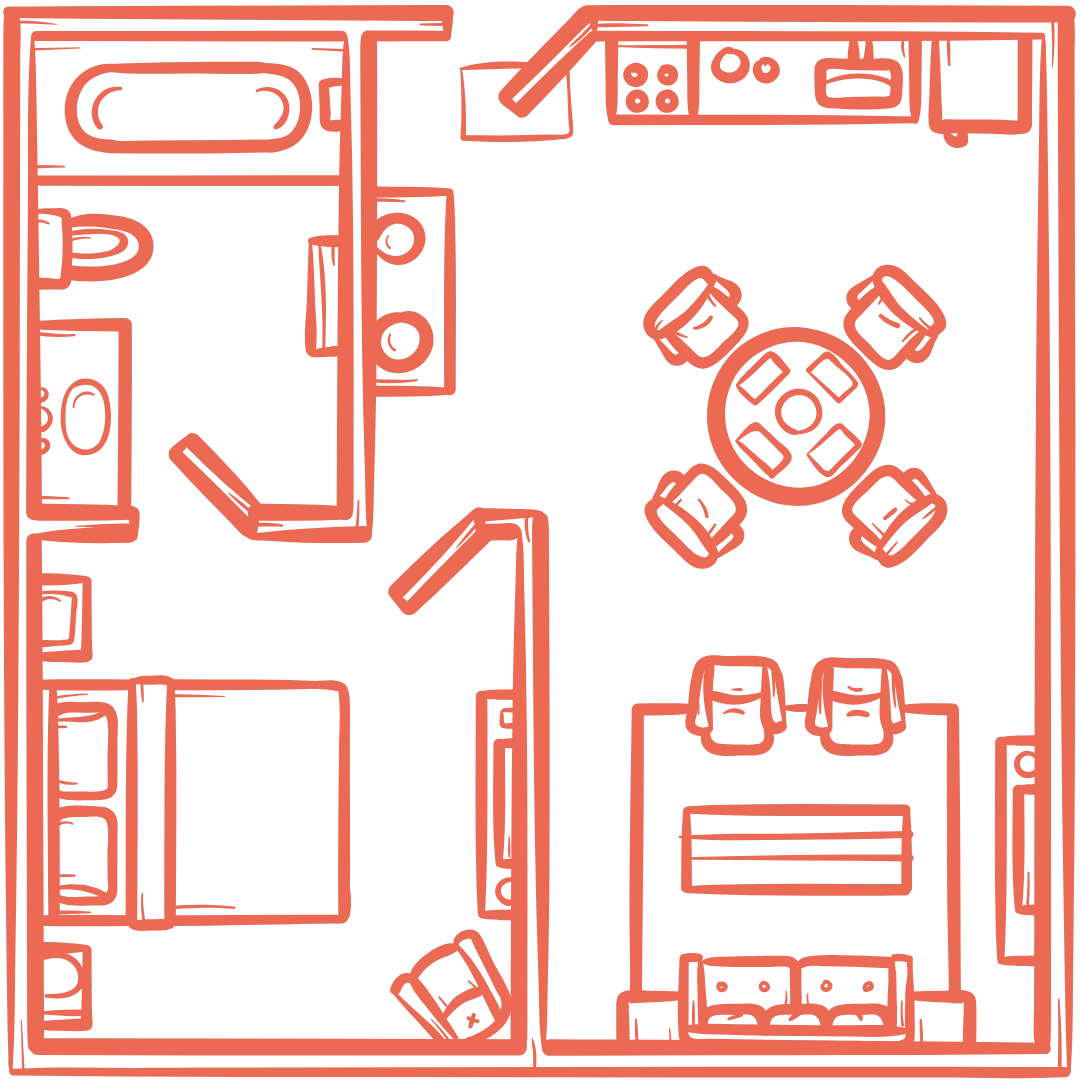




























.webp)
.webp)
.webp)
.webp)
.webp)
.webp)
.webp)
.webp)
.webp)

.svg)




.webp)
.webp)














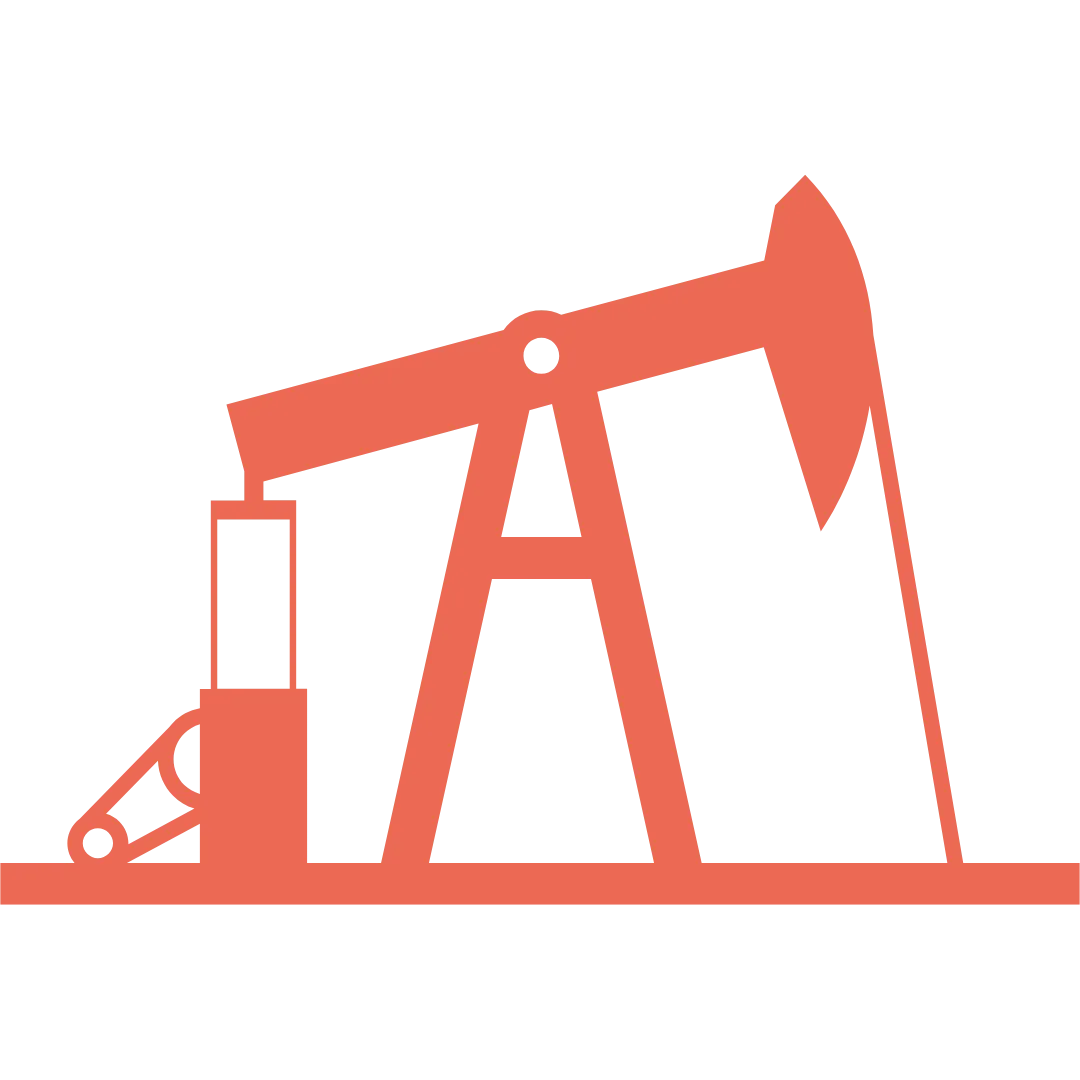




























.png)

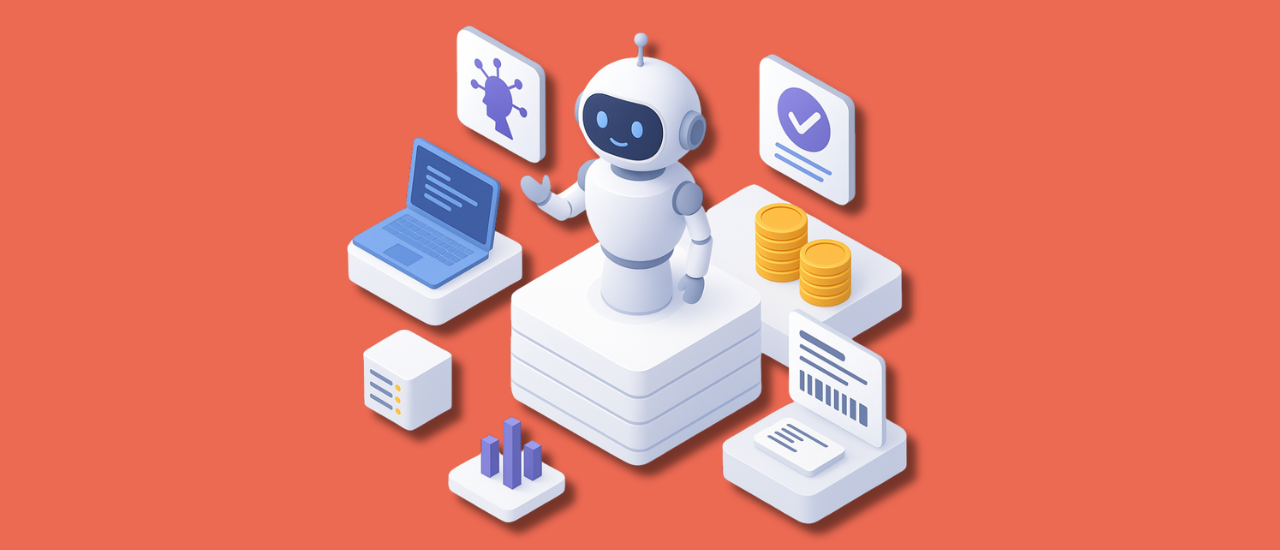


.webp)



















